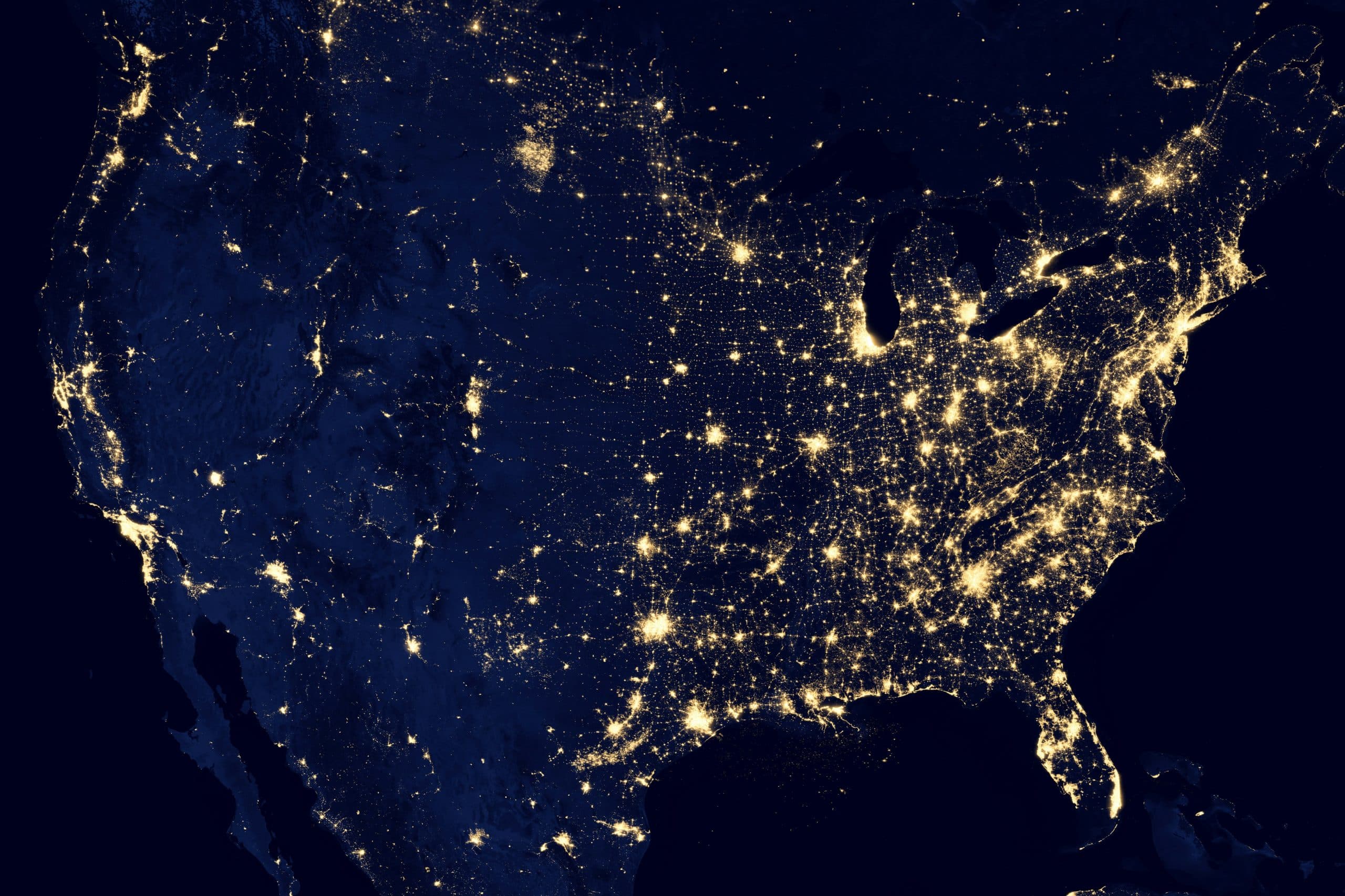The dynamic world of fashion is no stranger to innovation and creativity; it thrives on the next big thing. In recent decades, we’ve seen the industry undergo a remarkable transformation, all thanks to the infusion of technology. This article explores the intersection of fashion and technology – a new era that is disrupting the traditional boundaries of creativity, design, and manufacturing.
The Digitalization of Fashion
In an age where the digital world is interwoven into every aspect of our lives, the fashion industry is no exception. Today, designers leverage technology to convey their artistic vision, creating clothing and accessories that blur the line between the physical and virtual.
A lire également : Selection of bots for education and training
Virtual reality and augmented reality act as an ideal platform where designers can showcase their creativity without any physical constraints. These technologies offer an immersive, unique, and sustainable approach to fashion, allowing one to experience a designer’s creation in a fully three-dimensional, interactive manner.
Moreover, the digitalization of design has operational advantages. Designers can create, modify, and test their designs virtually before they physically produce them, reducing waste and achieving sustainability. The use of data-driven design can provide insights into customer preferences, allowing designers to create clothing that meets specific consumer needs.
En parallèle : How are wearables influencing sports training and performance?
The Role of Smart and Sustainable Fabrics
The fashion industry has long been criticized for its toll on the environment. However, advances in technology offer solutions to these issues via the creation of smart and sustainable fabrics.
Sustainable textiles are produced with minimal environmental impact, aiming to reduce waste, pollution, and energy usage. They encompass a wide range of materials, from recycled polyester to organic cotton, which are produced using environmentally friendly methods.
On the other hand, smart fabrics embed technology directly into textiles. These fabrics can interact with their environment or the wearer, providing functionality beyond aesthetics. For instance, fabrics can now regulate temperature, change color based on mood or environment, or even monitor health metrics such as heart rate and body temperature.
Wearable Technology: A Future Fashion Statement
Wearable technology is another exciting frontier in the intersection of fashion and technology. These devices, often incorporated into accessories or clothing, offer a variety of functionality, from fitness tracking to mobile connectivity.
Wearable tech is about more than functionality, though; it’s also a fashion statement. As the technology matures, designers are beginning to incorporate these devices into their collections, resulting in pieces that are not only technologically advanced but also aesthetically pleasing.
The Rise of the Virtual Shopping Experience
Online shopping is nothing new, but the fashion industry is taking it to the next level with an immersive, digital shopping experience. Through virtual reality, you can “try on” clothes without stepping foot in a store.
The use of artificial intelligence (AI) algorithms can also personalize your shopping experience. By analyzing your shopping habits and preferences, these algorithms can recommend products tailored to your tastes.
Embracing the Future of Fashion Technology
In this new era where fashion and technology intersect, it’s clear that the industry is moving toward a fusion of style, functionality, and sustainability. Designers who embrace these new technologies have the opportunity to revolutionize not only the way clothes are designed and manufactured but also how they are worn and experienced.
The future of fashion is here, and it’s high-tech. Be ready to embrace the evolution and enjoy the journey it promises to deliver.
Real-Time Fashion Trends and Social Media
The rapid growth and influence of social media platforms have greatly impacted the fashion industry. These platforms have not only taken on the role of real-time trend forecasters but have also become a medium for designers and fashion brands to interact with their audience, advertise their products, and even sell directly.
The traditional trend forecasting, which often required long lead times and substantial financial investment, has been disrupted by real-time forecasting. Designers now have immediate access to what’s trending globally, allowing them to quickly adapt and respond to ever-changing fashion trends, often fueled by influencers, celebrities, and user-generated content.
Furthermore, social media platforms offer a new level of engagement between fashion brands and their customers. Through these platforms, brands can communicate their values, showcase their products, and establish a direct relationship with their audience. They also serve as a feedback mechanism, providing real-time insights and reactions from consumers, which can be invaluable for fashion brands.
Another noteworthy development is the rise of social shopping. Brands are leveraging technology to provide seamless shopping experiences on social media platforms. With integrated shopping features, users can now browse and buy products without leaving the app, making the shopping process more convenient and streamlined.
Fashion Technology: Key Takeaways and Conclusion
The intersection of technology and fashion is shaping a new era in the industry, offering ground-breaking advancements in design, manufacturing, and marketing.
Virtual reality and augmented reality are providing designers with an innovative canvas to showcase their creativity. They also offer consumers an immersive and interactive fashion experience.
The emergence of smart fabrics and sustainable textiles is leading to a fusion of style, functionality, and environmental consciousness. These advancements are paving the way for a more sustainable fashion industry while enhancing the user experience.
Wearable technology is adding another dimension to fashion, integrating technology into our everyday outfits. This trend is not just about functionality, but also about making a fashion statement.
The rise of real-time fashion trends and social shopping on social media is revolutionizing the way fashion brands operate and interact with their customers. The instant global reach and engagement offered by these platforms are shaping the fashion trends of the future.
In conclusion, technology’s influence on the fashion industry is undeniable. The fusion of fashion and technology is changing the game, and it’s clear that the future of fashion is digital, interactive, and sustainable. As technology continues to evolve, so too will fashion, promising an exciting future that combines style, innovation, and environmental responsibility. The key takeaway is clear: to stay relevant in this high-tech fashion era, embracing these advances is not just an option – it’s a necessity.






